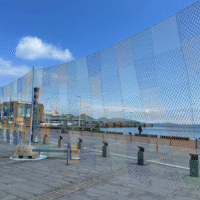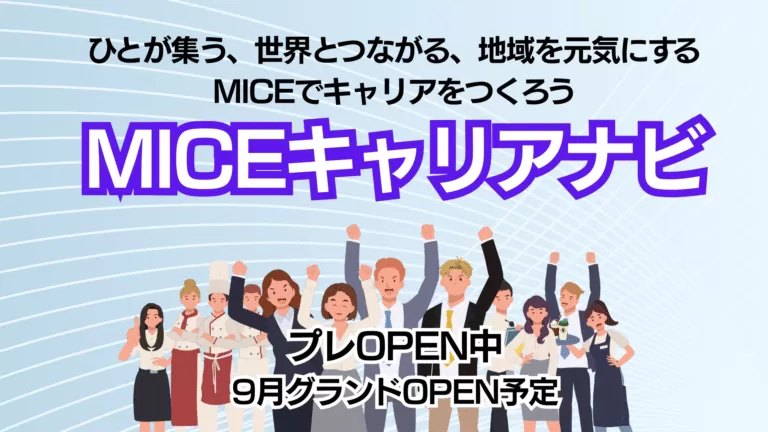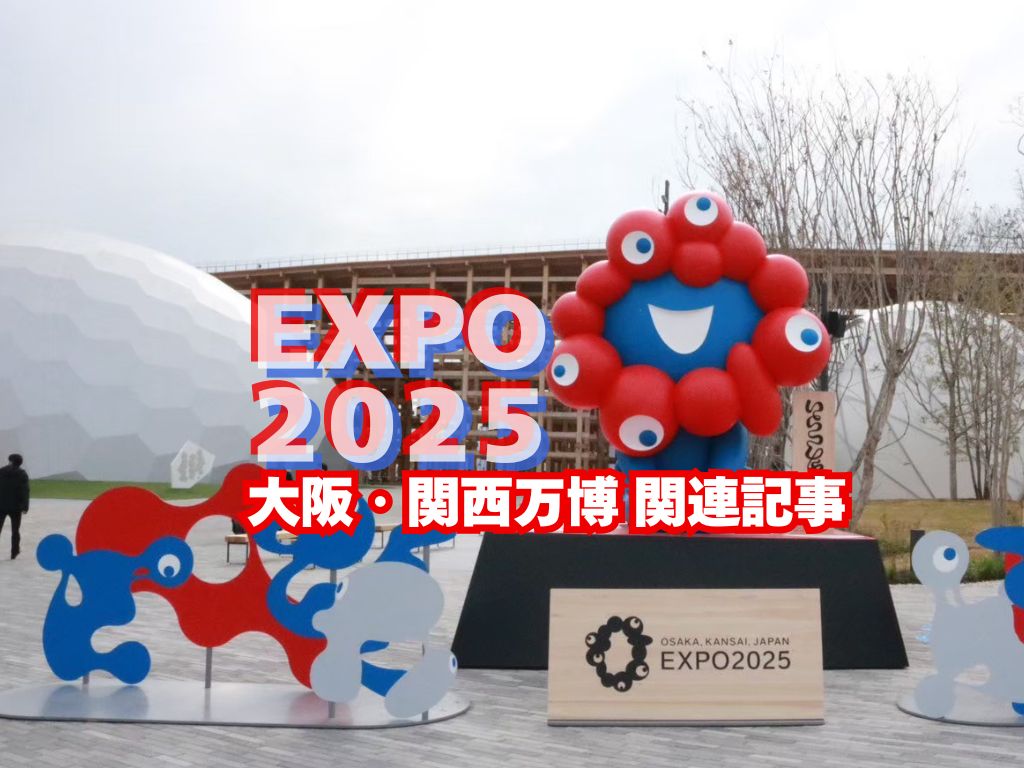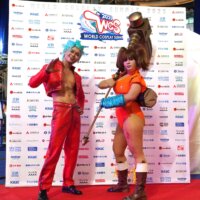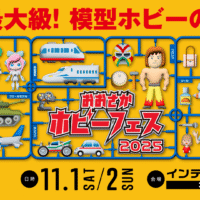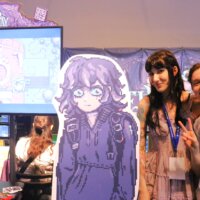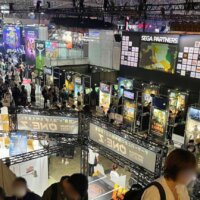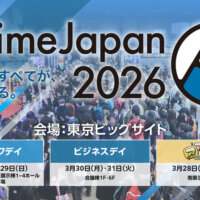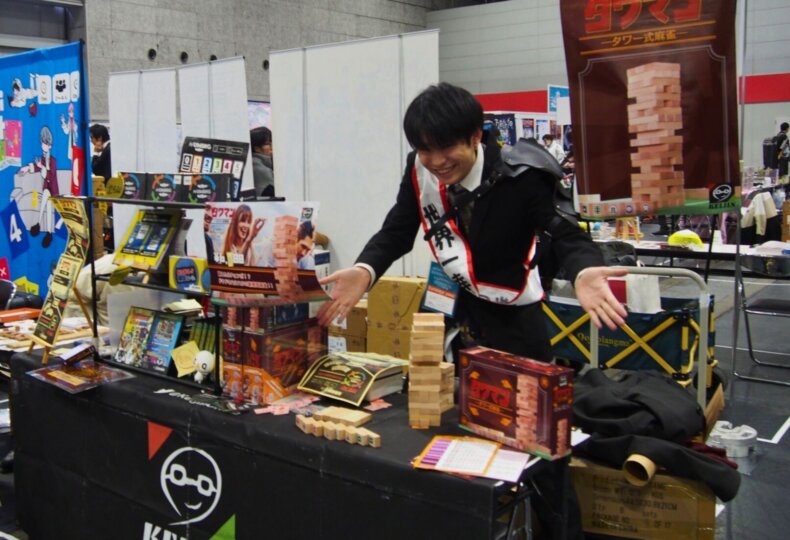
Board Game Business Expo Japan 2025 (BGBE 2025) — Exploring the Boundless Business Potential of Modern Board Games
Held on January 18–19, 2025 at INTEX Osaka, Board Game Business Expo Japan 2025 (BGBE 2025)—now in its second edition—is one of the largest board-game events in Western Japan. We reported from the venue to explore both the business potential of board games and their possibilities as a MICE event. This is a long read—feel free to grab a drink and settle in.
Who should read this
- If you want to see what business events in the entertainment sector look like
- If you’re curious about the business potential of analog (tabletop) games
- If you wonder what today’s board games that captivate adults are like
- If you’d like a peek at a successful MICE event in a new category
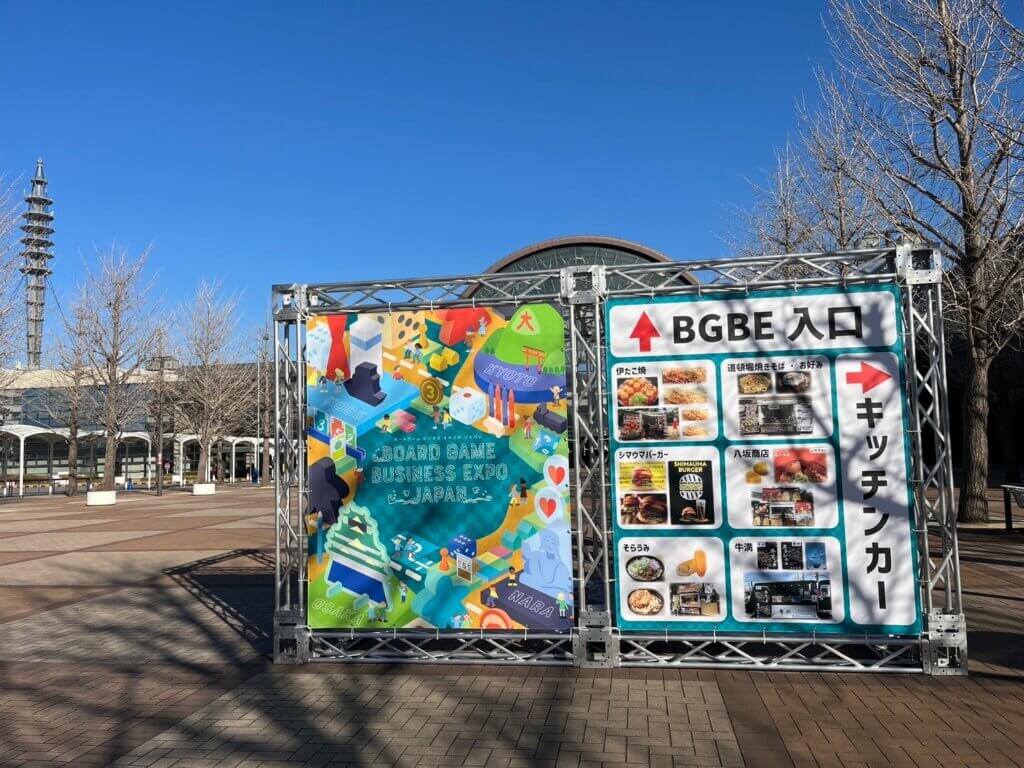
Event Overview
BGBE 2025 is Japan’s first event that combines board-game sales with business networking—and also serves as a stage for international exchange.
Name: Board Game Business Expo Japan 2025 (BGBE 2025) — nicknamed “Bodoge Expo”
Dates/Hours: Saturday, January 18, 2025, 12:00–5:00 p.m. / Sunday, January 19, 2025, 1:00–5:00 p.m.
Venue: INTEX Osaka, Hall 1
Organizer: ReAkku Inc. / Freestyle Creation / Mousou Games
Support: Osaka Convention & Tourism Bureau
Official Website: https://www.bgbe-j.com/
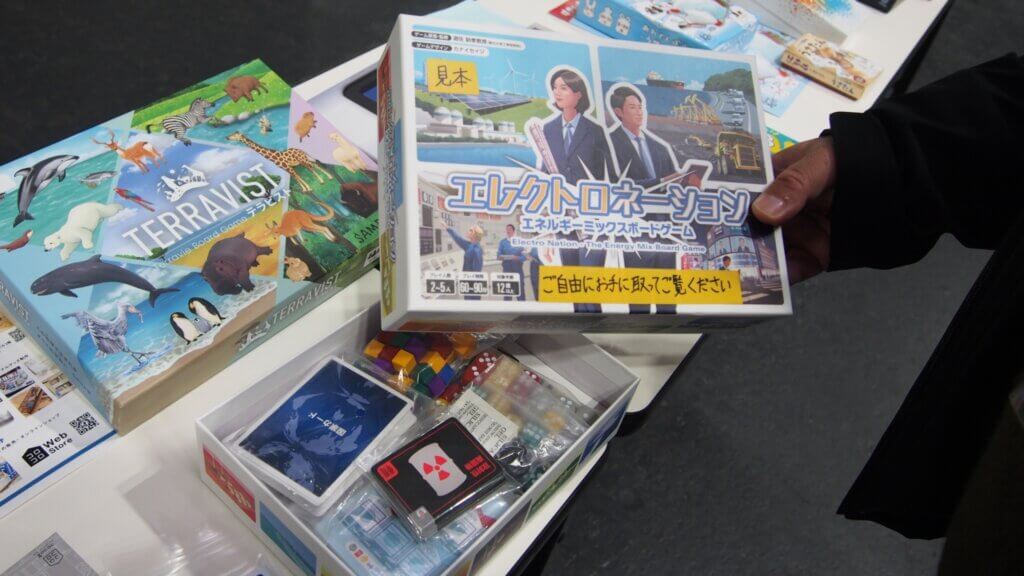
What Are Board Games?
Before we dive in, let’s clarify what we mean by “board games.” The market is both large and long-standing. Many people regularly play classics such as shogi, mahjong, playing cards, Werewolf (jinro), and sugoroku. Titles like UNO, Monopoly, and The Game of Life are long-time staples. In video games, popular series such as Momotaro Dentetsu, Itadaki Street (Fortune Street), and Civilization borrow heavily from board-game mechanics.
A Rapidly Growing Board-Game Market
The global board-game market is expanding. In 2024 it was about US$14.37 billion (according to Fortune Business Insights) and is projected to reach US$32.0 billion by 2032. In Japan, the rise of board-game cafés and crowdfunded releases is energizing the scene and growing the player base. Drivers include a return to analog play amid “digital fatigue,” social-media discovery, and stay-at-home demand during the pandemic. Companies and schools are also adopting board games as training tools. In particular, murder-mystery titles and tabletop role-playing games (TRPGs) are booming, with YouTube and Twitch streams bringing in new fans.
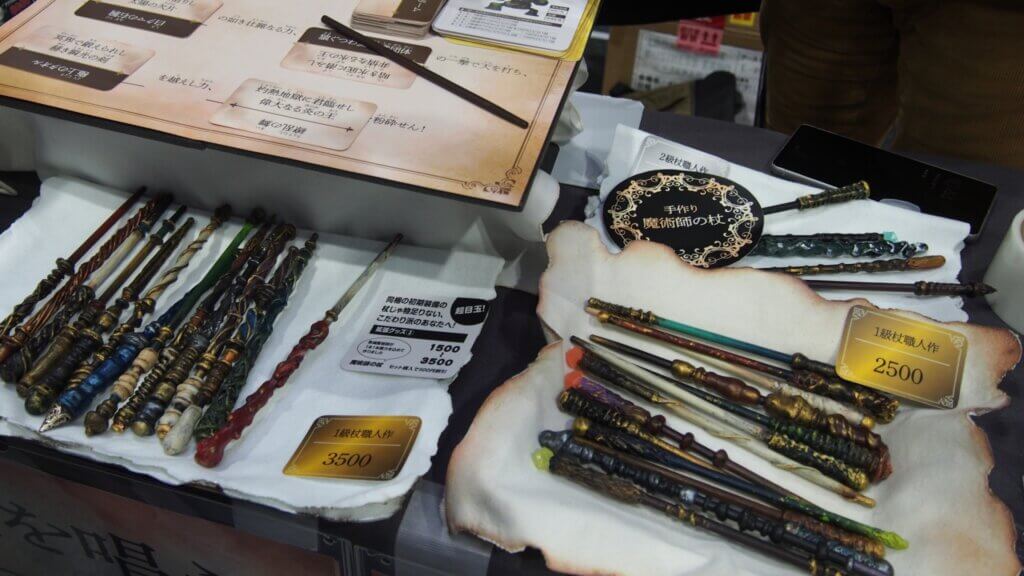
Three Things That Make BGBE Exciting
Hands-on play and on-site purchasing
Many board-game creators are individuals or small circles. Their tables are packed with the games they’ve crafted, and browsing them feels like a treasure hunt. Don’t underestimate indie and doujin works; the quality rivals retail titles and the ideas are refreshingly original.
Artworks are carefully made—some cool, some cute—and a pleasure to look at. It’s easy to see why people start collecting. You can buy what catches your eye on the spot. Popular titles reportedly sell out on day one, so if you have a must-buy, plan for the first day.
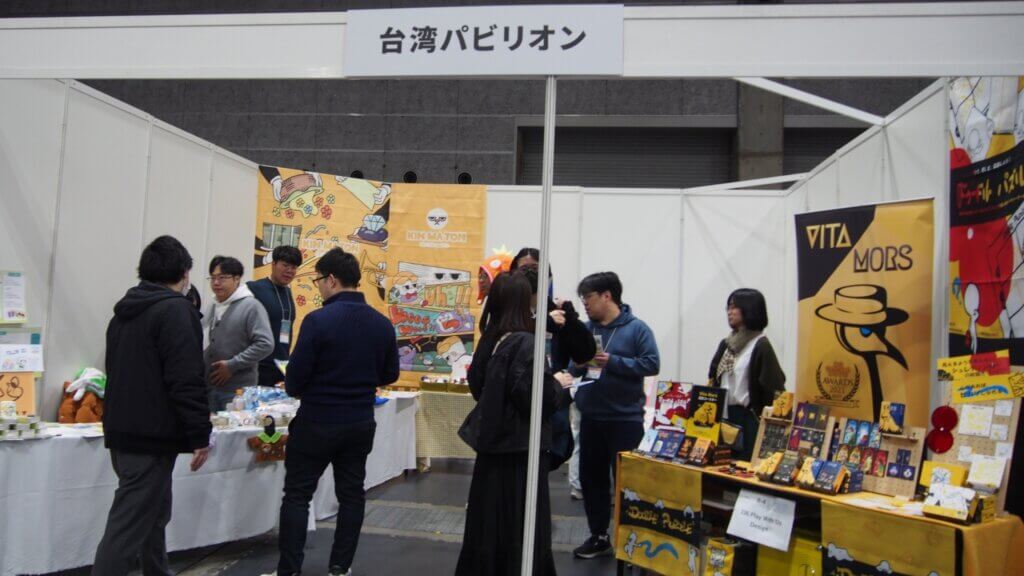
Meet creators—and connect internationally
At many booths the creators themselves are present. They explain the intent behind each game and the rules with real care and enthusiasm. You can immediately sense their desire for players to discover their work; without any hard sell, you may find yourself wanting to purchase. Knowing who made what you buy and play is a rare opportunity.
The event also attracts many overseas exhibitors, making it easy to connect through the shared fun of games. The Taiwan Pavilion drew crowds, alongside booths from Korea, Singapore, Thailand, and other regions.
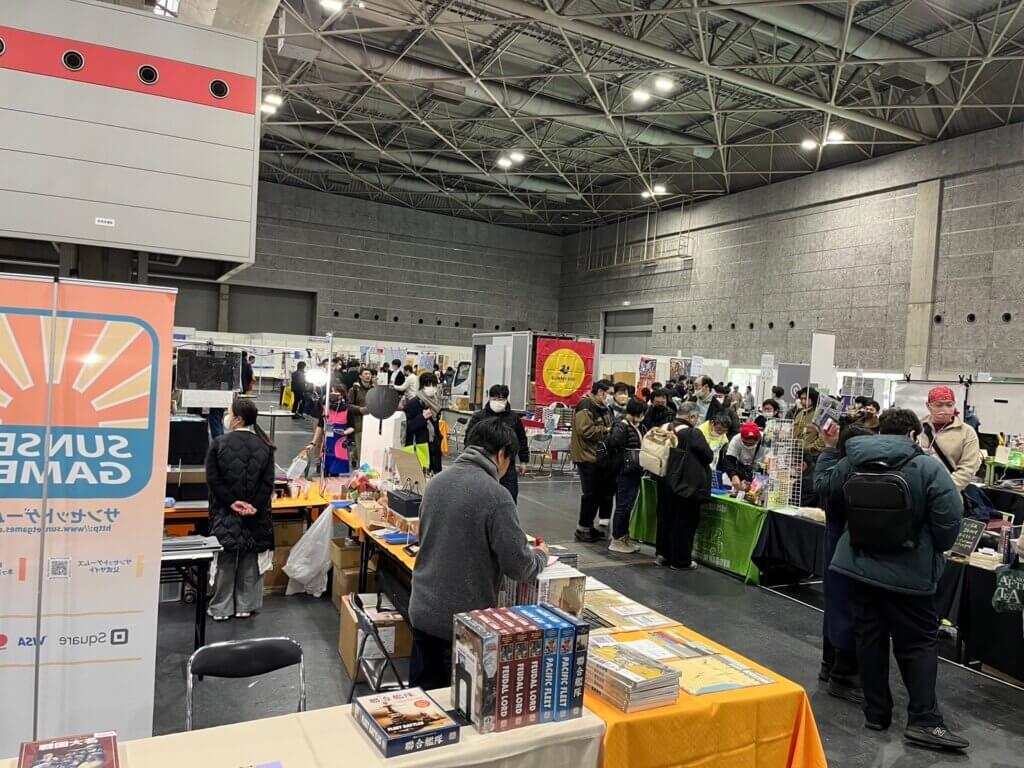
Industry-only hours that move the sector forward
A distinctive feature is the business-only time slot, closed to the general public. For board-game events in Japan, BGBE is the first to introduce this approach. It creates valuable opportunities for exchanges among exhibitors and with overseas creators. Not only game designers but also supporting businesses have booths, and you could see business card exchanges and discussions happening throughout the venue.
Creators and Games We Met

計陣事務所(Keijin): Tower-style mahjong “Tawaman” — a name you won’t forget
At first glance it looks like Jenga, but the stacked blocks form the mahjong yama (tile wall). “タワマン (Tawaman)” plays like tower-style mahjong: carefully pull one block without collapsing the stack, add it to your hand, and build winning combinations. When discarding, you return tiles to the top of the stack instead of the kawa (discard area). It’s a tactile experience only analog games can deliver—and the name sticks with you.
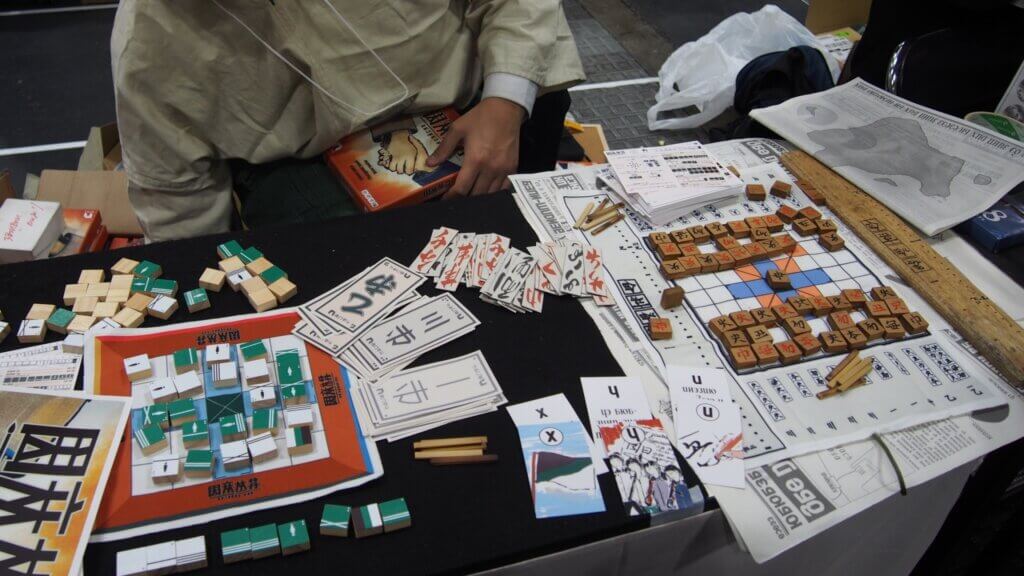
日本机戦連盟(Nihon Kisen Renmei): Deeply crafted “constructed worlds” for deep-lore fans
Next door was the world-builder えすわい (Esuwai), showcasing a fully invented setting—constructed language, culture, and the games enjoyed within that culture. From clothing to spoken lines and even business cards, the commitment to detail evokes J. R. R. Tolkien’s approach. For those who can follow the lore, the depth is irresistible.
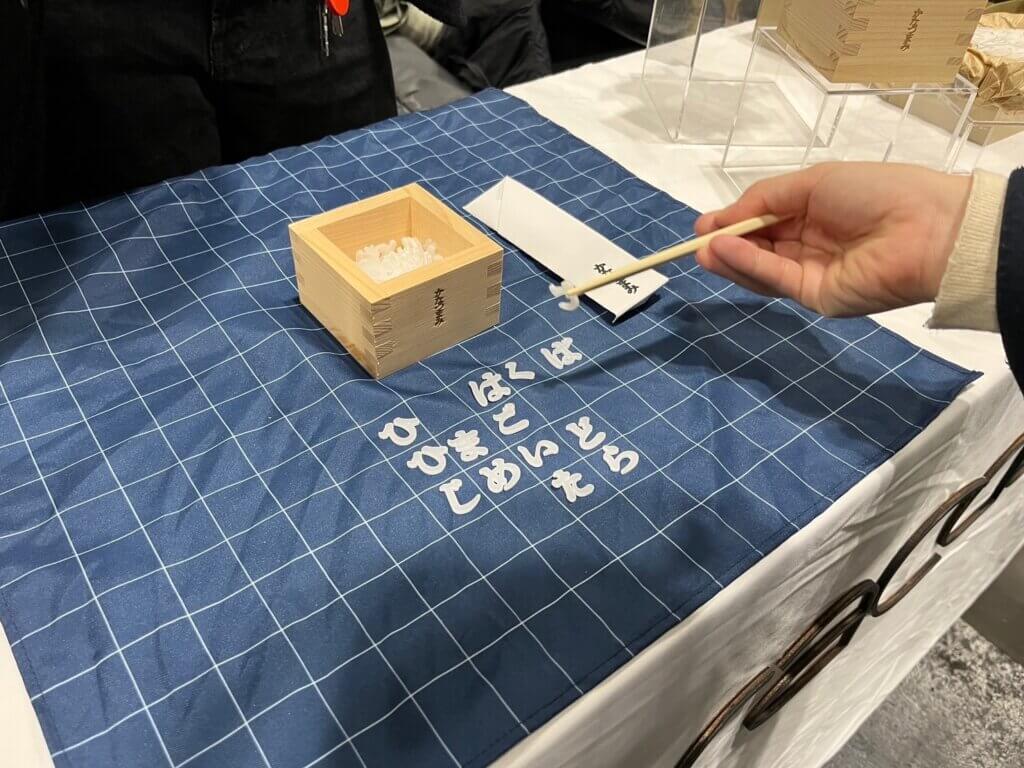
Design crew racde: Hiragana that looks like rice? A game imbued with Japanese aesthetics in every detail
From a distance the pieces look like rice piled in a wooden masu, but up close they are finely crafted kana characters. In “かなあつめ (Kana Atsume),” players pick up kana with chopsticks, line them up, and form words—setting their own constraints like “five letters or more” or “animal names.” Etiquette matters: hovering or stabbing with chopsticks is off-limits by rule, turning play into a gentle lesson in table manners. Kyoto-based racde are practicing designers; the game’s finish and aesthetics feel at home in a design shop or department-store display, and it would appeal to visitors interested in Japanese culture.
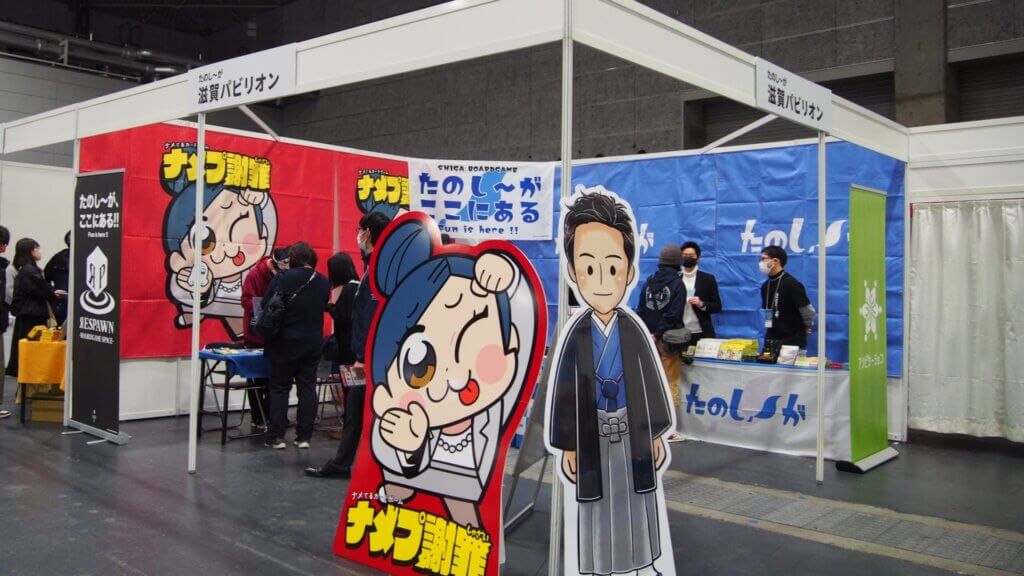
Shiga Pavilion: A regional joint booth from Shiga, backed by the local Chamber of Commerce and Industry
The “Shiga Pavilion” grouped circles producing board games in cities like Nagahama and Yasu. Some exhibitors also run board-game cafés alongside creation. Staff from the Nagahama Chamber of Commerce and Industry were on hand—an uncommon level of support for this field and a welcome example of backing the local “soft” industries. More initiatives like this would be great to see nationwide.
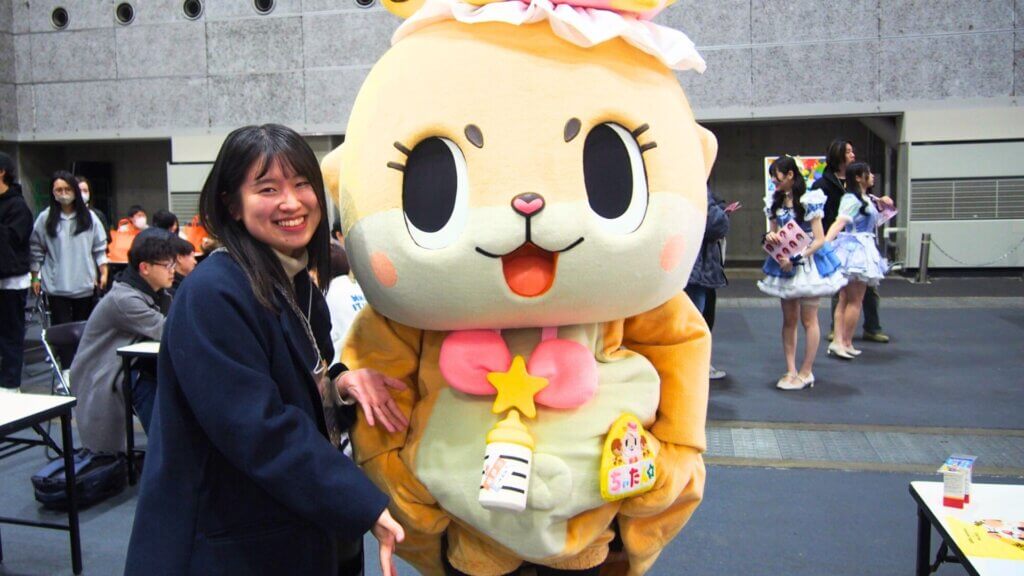
Mascot meet-and-greets are plentiful
Chiitan☆, an otter fairy from Akihabara and the official character of the Akihabara Tourism Promotion Association, was on site. Our editor-in-chief had ranked Chiitan high on the must-meet list and was visibly excited. When I exchanged business cards and introduced myself as company president, Chiitan responded with very polite manners. Children loved Chiitan, too.
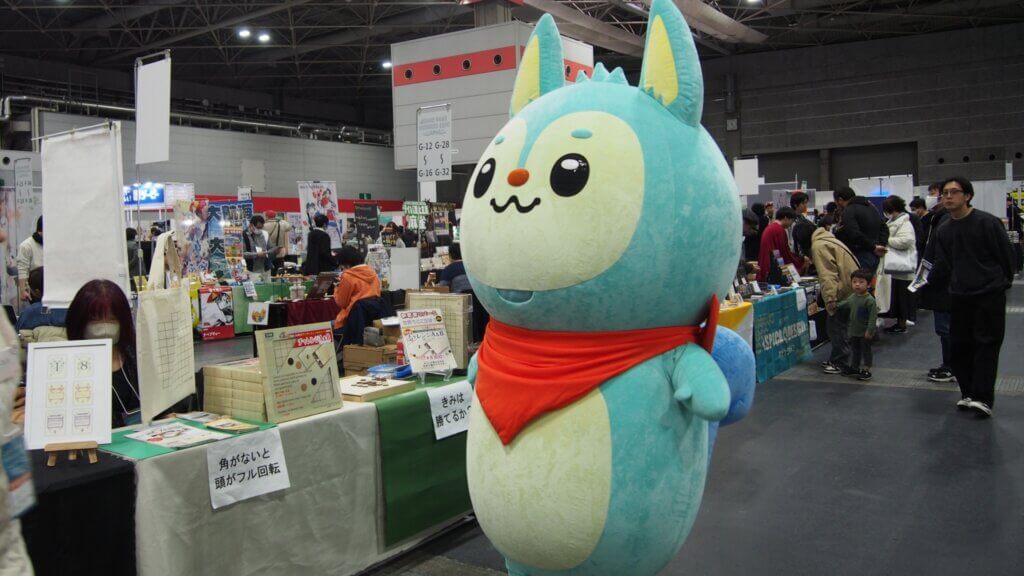
Here’s Sutapi, the character of Bodoge Go, a board-game matching app. The need to find people to play with is itself becoming a business opportunity.
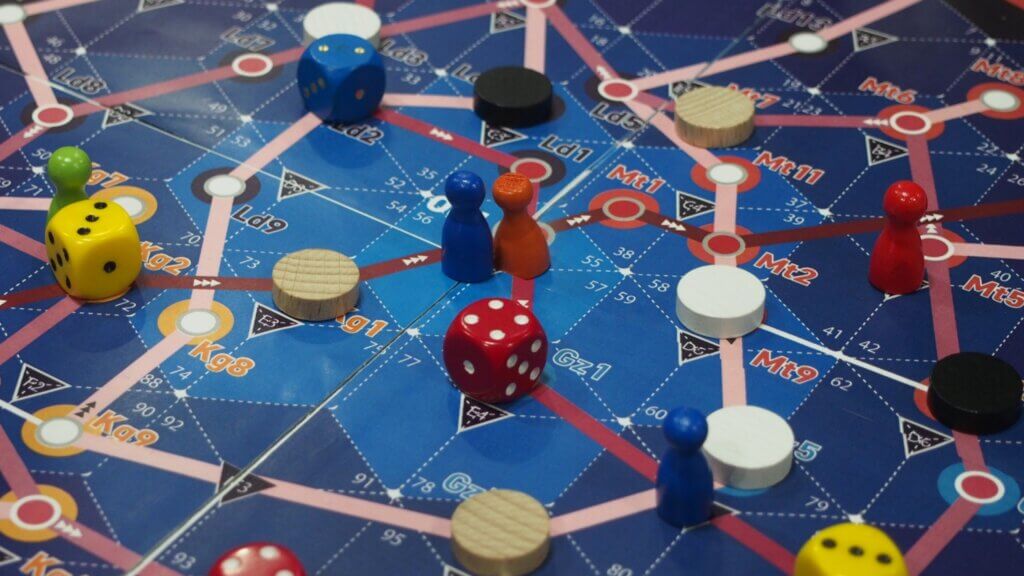
Editor’s Note: Great events come alive when exhibitors, organizers, and visitors align. BGBE truly shone.
When you run a media outlet focused on MICE, people unfamiliar with the term sometimes say things like, “What is MICE—is it something you can eat?” (a Japanese wordplay), or “Please work harder to raise MICE’s profile.” That’s not the point. That’s not what we’re trying to do.
What we want is to help more people see that passionate creators are trying to grow analog games into events on par with the world’s major trade shows, and that a vibrant ecosystem of independent circles exists with real potential.
We go to events because they look fun. Whether you label it “MICE” isn’t the issue. I doubt exhibitors or organizers spend their time debating what counts as a board game, either.
From years of exhibiting and reporting, I’m convinced good events happen when exhibitors’ aspirations and organizers’ intentions align at a high level. Add engaged visitors, and the energy builds on its own.
Sadly, some events draw few visitors. Organizers should take exhibitors’ perspective more seriously. It’s miserable to stand at a booth with no traffic—I say this as someone who has experienced it many times as a business owner and exhibitor. By contrast, BGBE was run in a way that didn’t betray the expectations of the individuals, circles, and companies who paid real money to be there. That’s what made it shine. Events like this can make everyone involved happier.
-
Scenic “Café 360” Reopens at Mt. Horai, the Highest Point of Biwako Valley

-
On-the-ground report: A Megijima-based reporter guides you through Setouchi Triennale 2025 — from standout artworks and recommended spots to how islanders live with the festival
